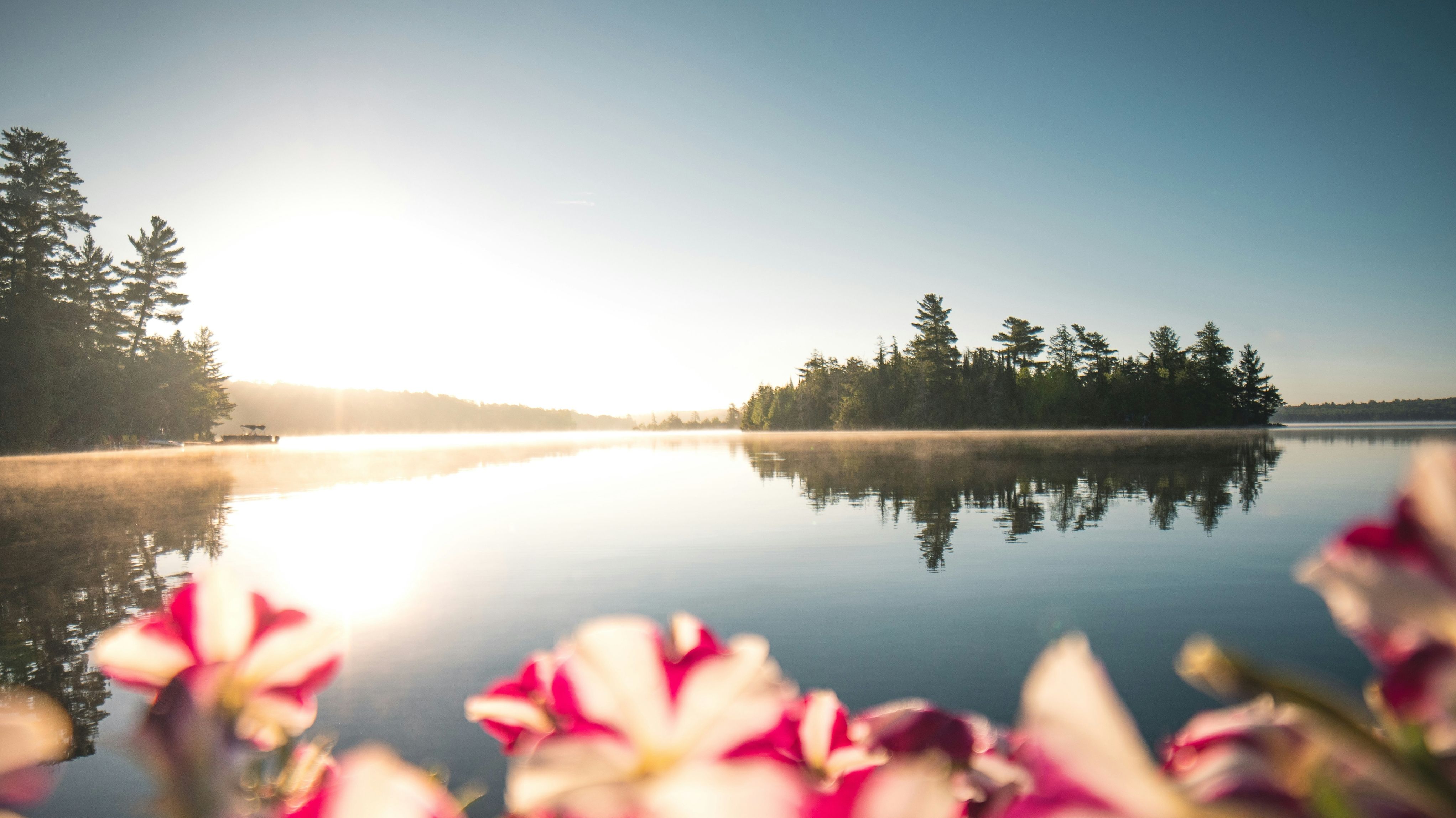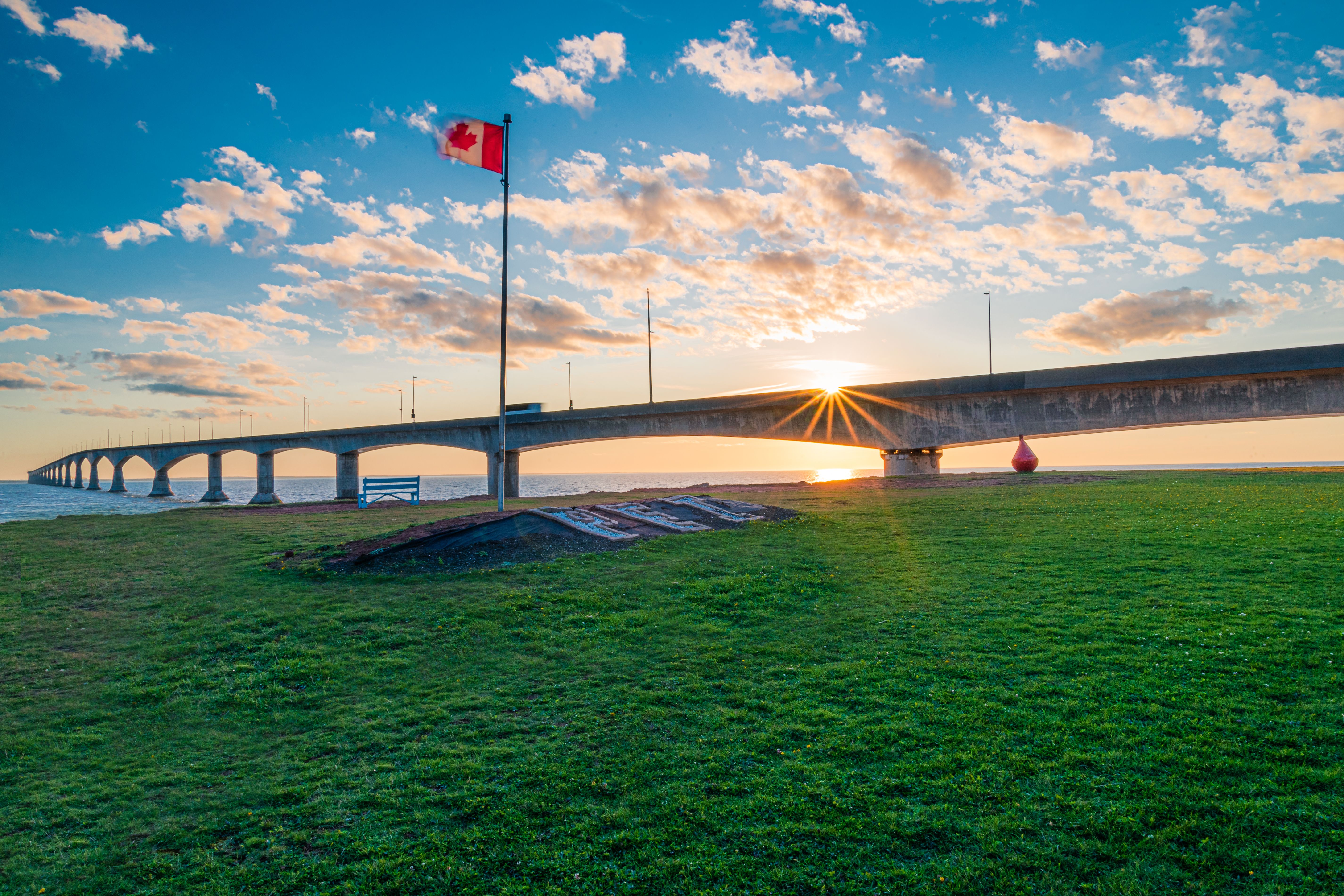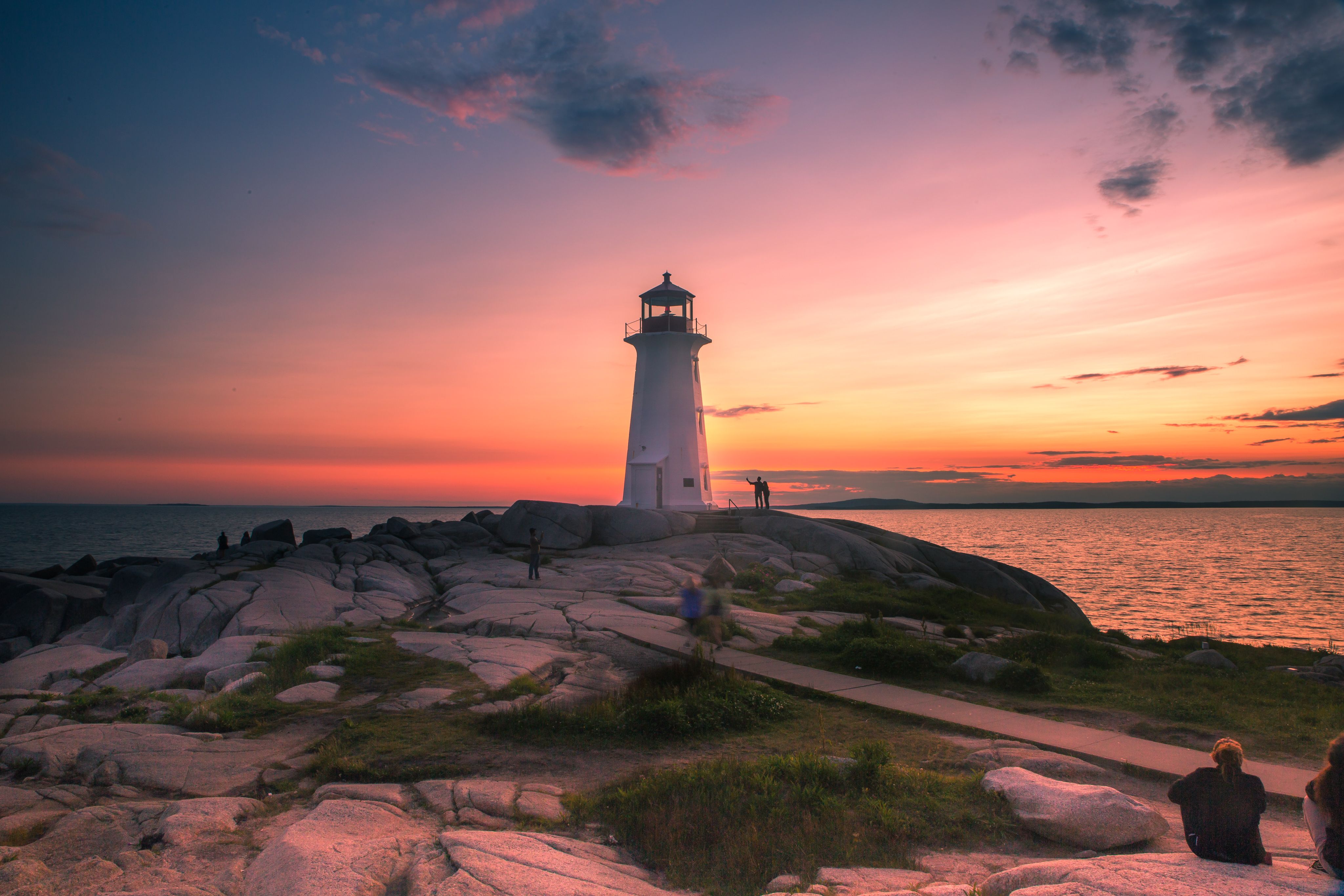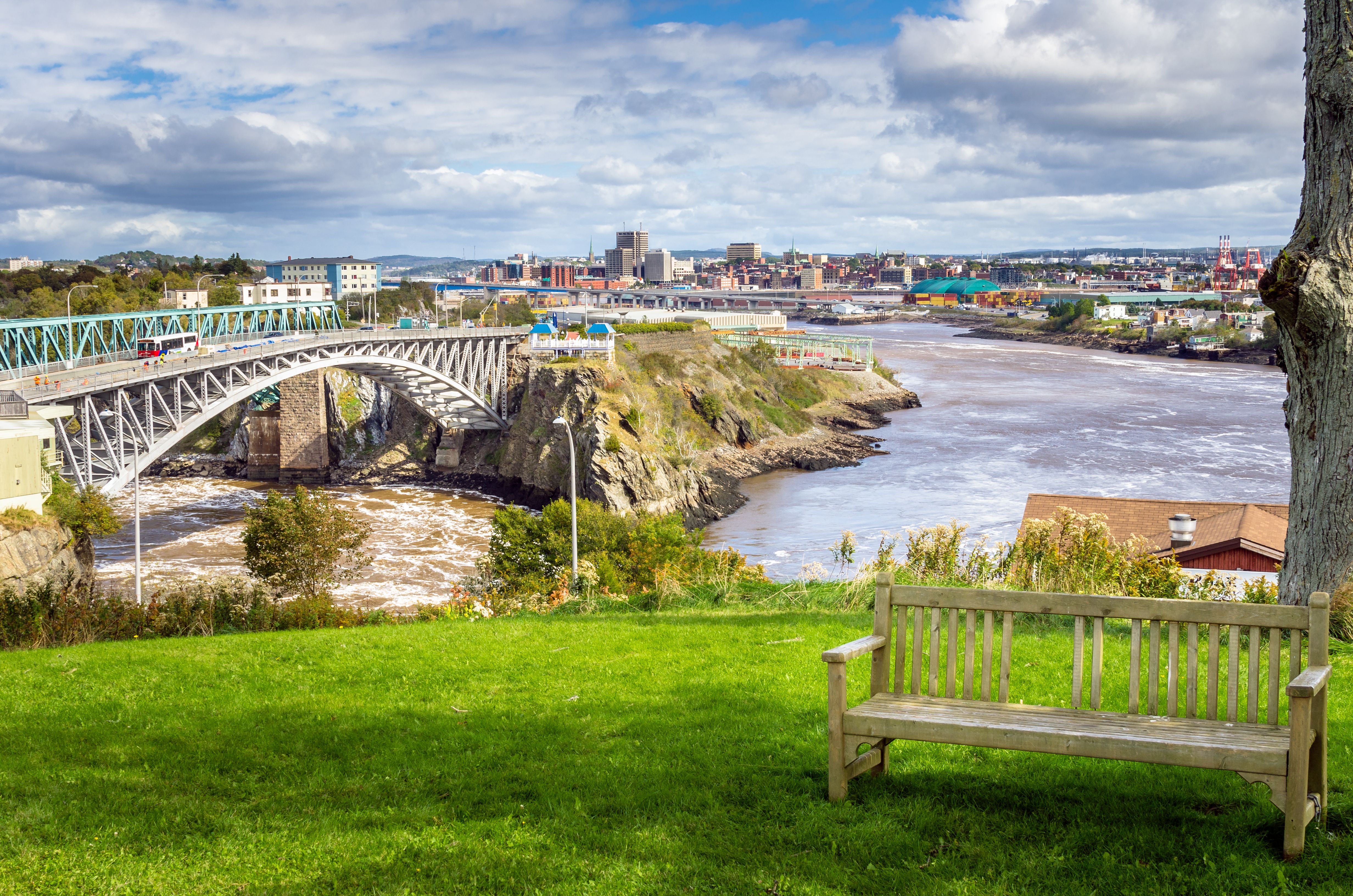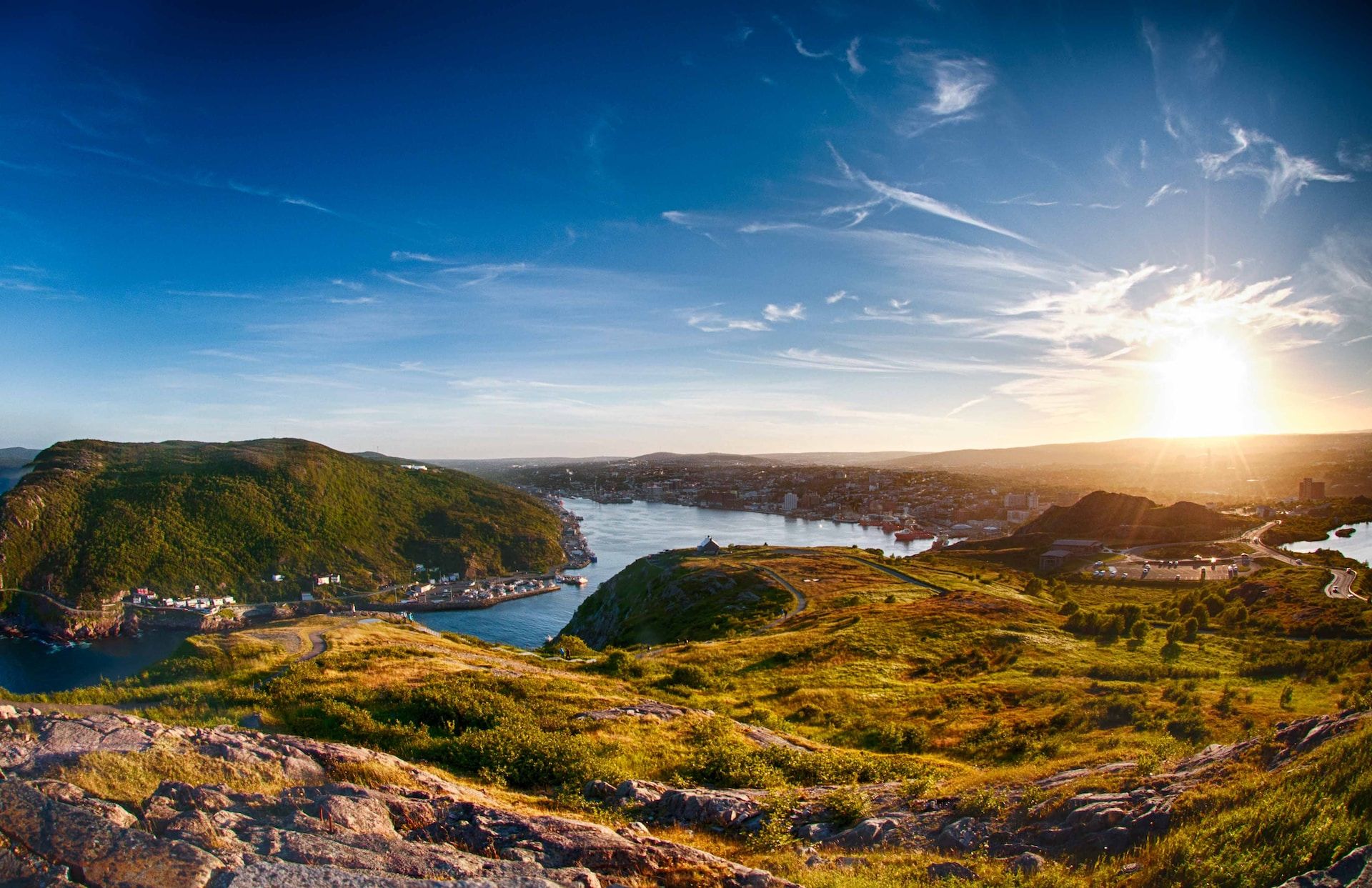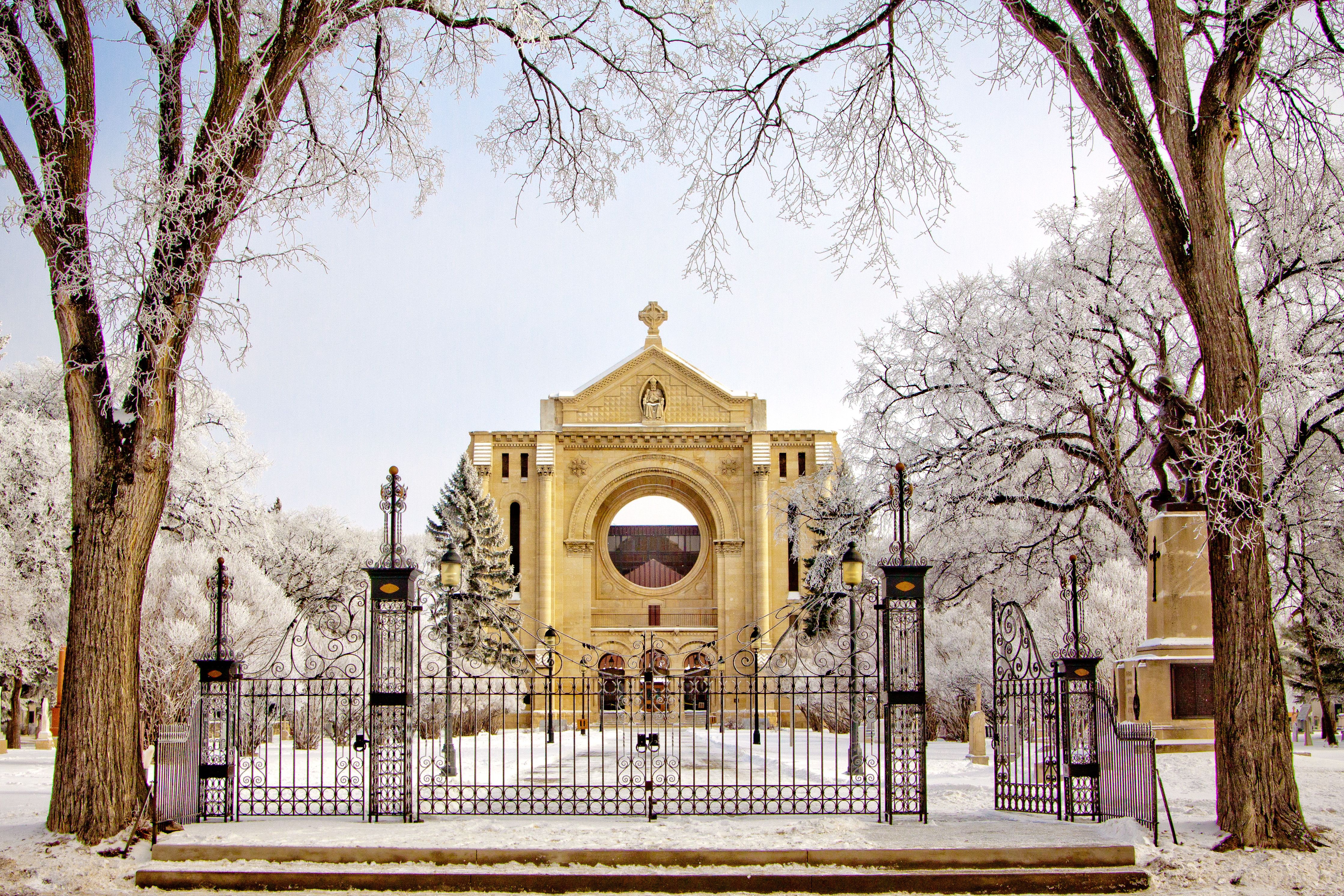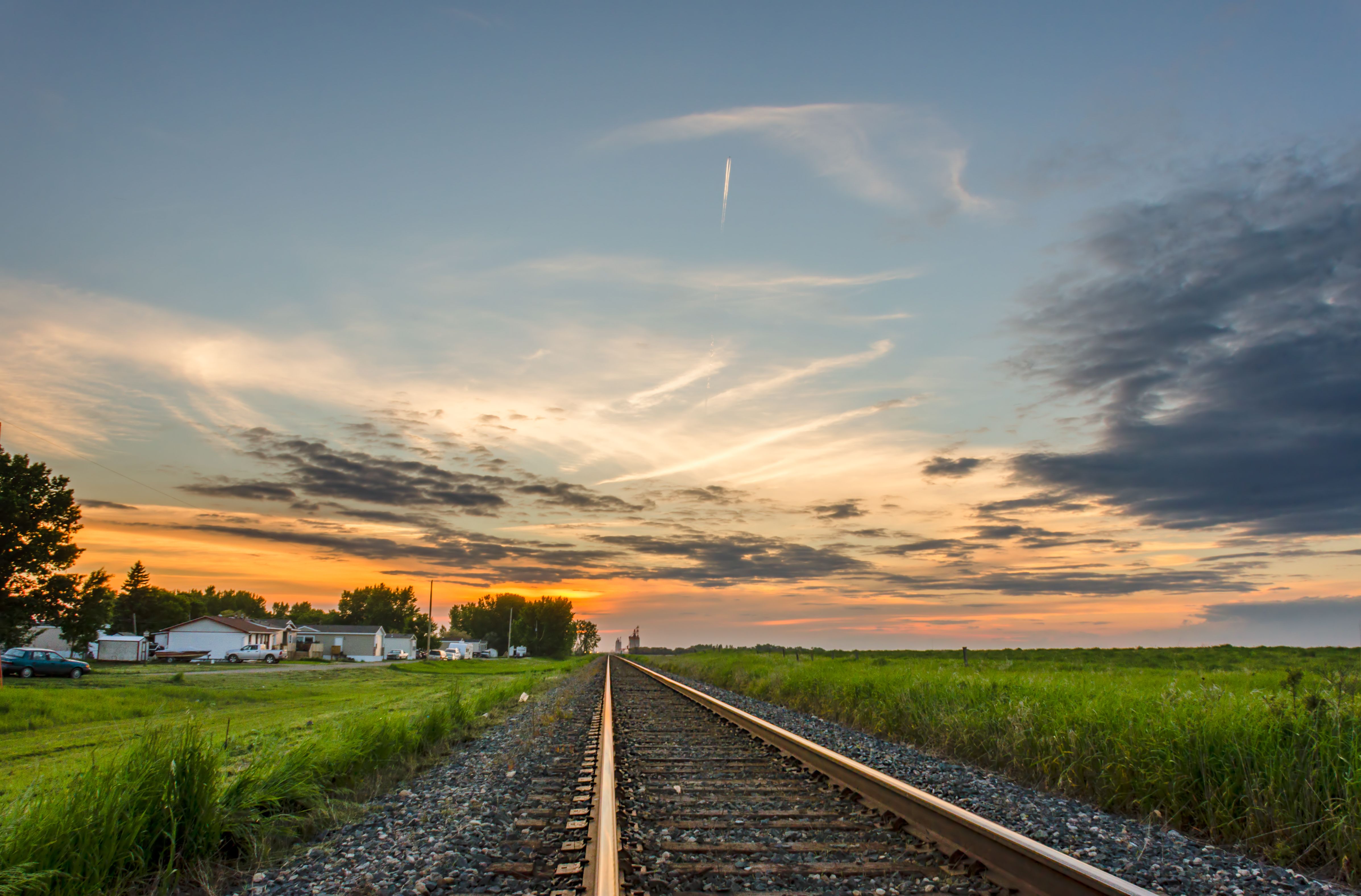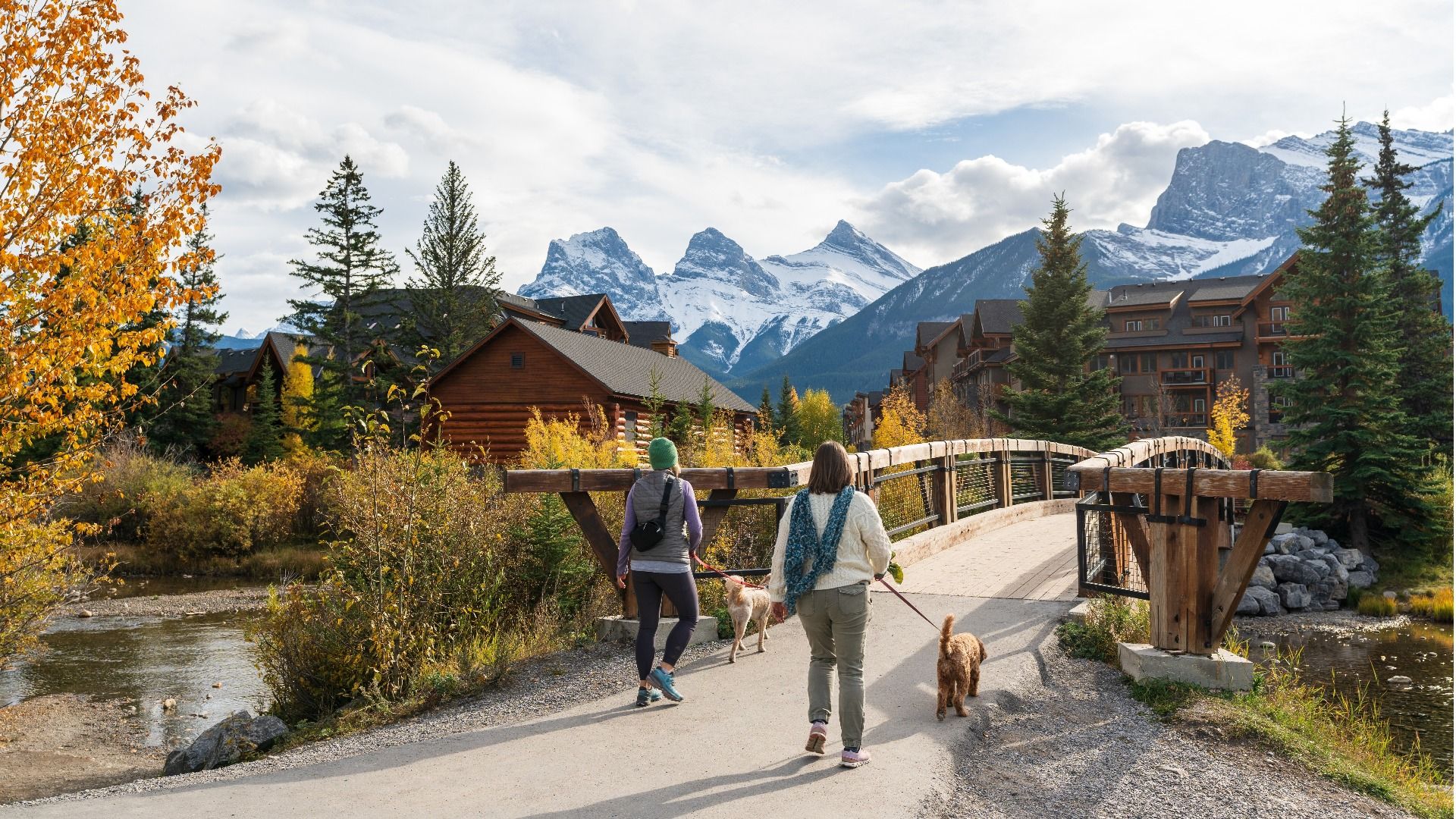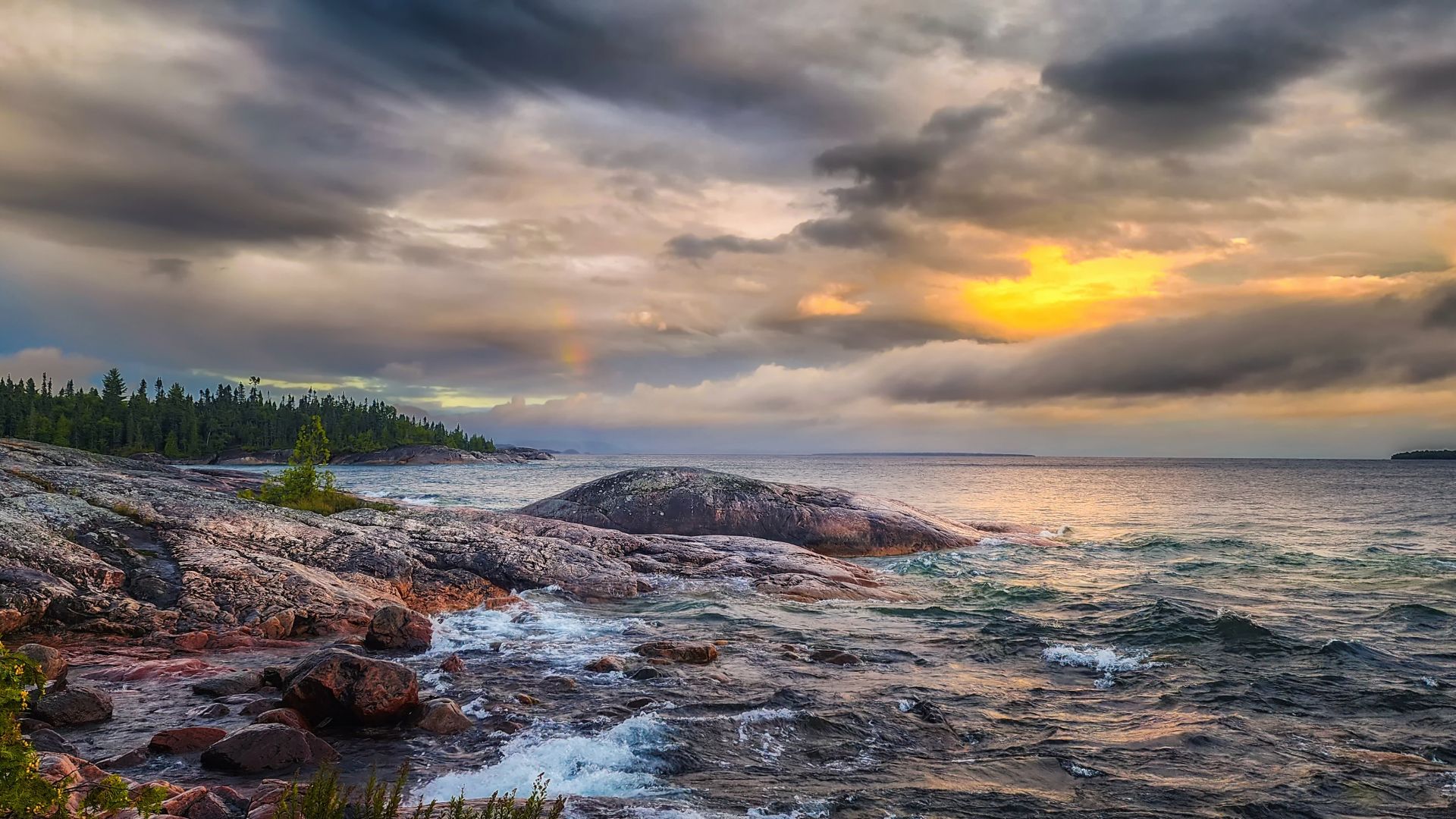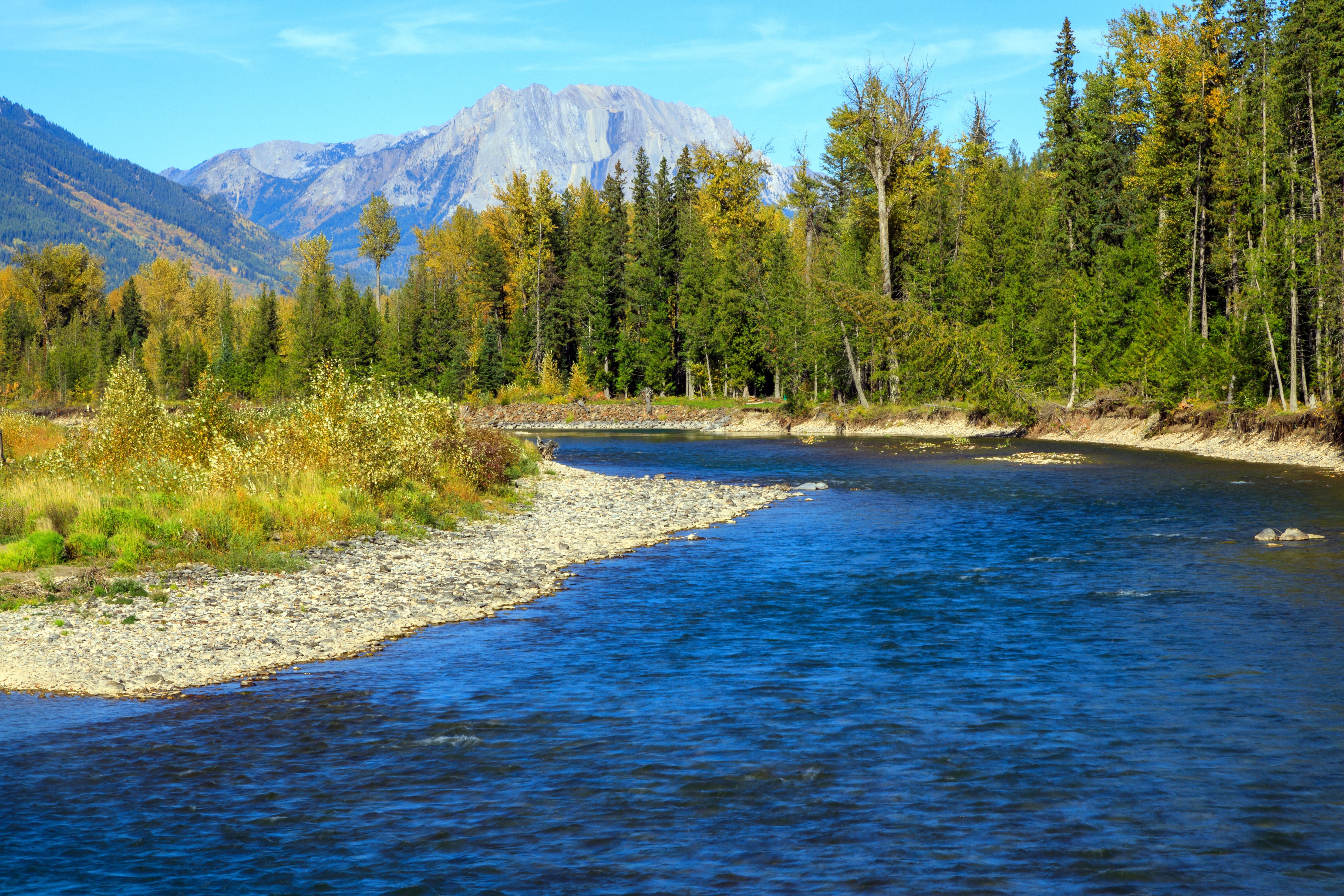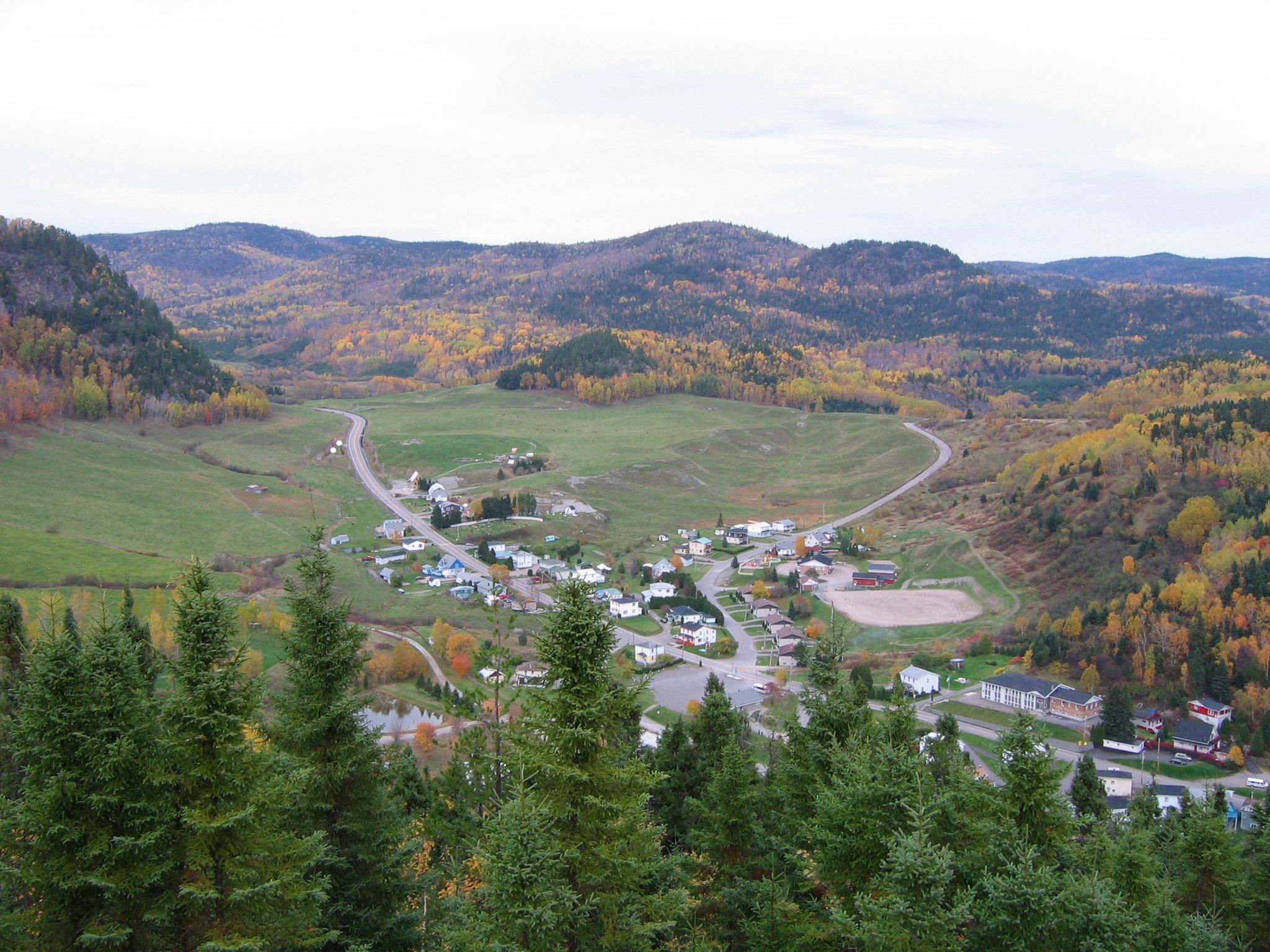Canada is the second-largest country by area in the world, and is home to over 41 million people. Not only does Canada span over 3.8 million miles, but it also has the longest coastline of any country.
When it comes to how the country is broken up, Canada has ten provinces, each with a distinct vibe and even different climates. Here are all of Canada’s provinces, starting with the smallest by area and ending with the largest.
Related
9 Cool National Parks That Sit On Or Near The American Border
You don’t have to venture too far from the US to experience amazing natural beauty thanks to these national parks in Canada and Mexico on the border.
10 Prince Edward Island
Prince Edward Island spans 2,194.57 square miles
Port Borden, Prince Edward Island / Canada – September 27, 2019: The sun sets behind the Confederation Bridge.
Prince Edward Island is Canada’s smallest province at just over 2,000 square miles. It also has the smallest population of any province in Canada. Prince Edward Island is also home to picturesque villages that are great for summer travel, with lighthouses, photogenic farmland, and plenty of seafood.
- Size: 2,194.57 square miles
- Population: 178,550
9 Nova Scotia
Nova Scotia spans 21,345 square miles
A dramatic sunset at Peggy’s Cove Lighthouse near Halifax, Atlantic Coast, Nova Scotia, Canada
Nova Scotia has many historic towns, one of its claims to tourism fame. Despite its relatively small size, the province has a population of over a million people and welcomed around 2.2 million tourists in 2023. Nova Scotia has many cultural attractions plus outdoor activities to enjoy.
- Size: 21,345 square miles
- Population: 1,072,545
8 New Brunswick
New Brunswick spans 28,354 square miles
Saint John, New Brunswick reversing falls
New Brunswick is an Atlantic and Maritime province that is one of Canada’s smallest. However, the population is rather large considering the province is under 30,000 square miles. You’ll find some of Canada’s oldest towns in New Brunswick, and history is a significant attraction there.
- Size: 28,354 square miles
- Population: 854,355
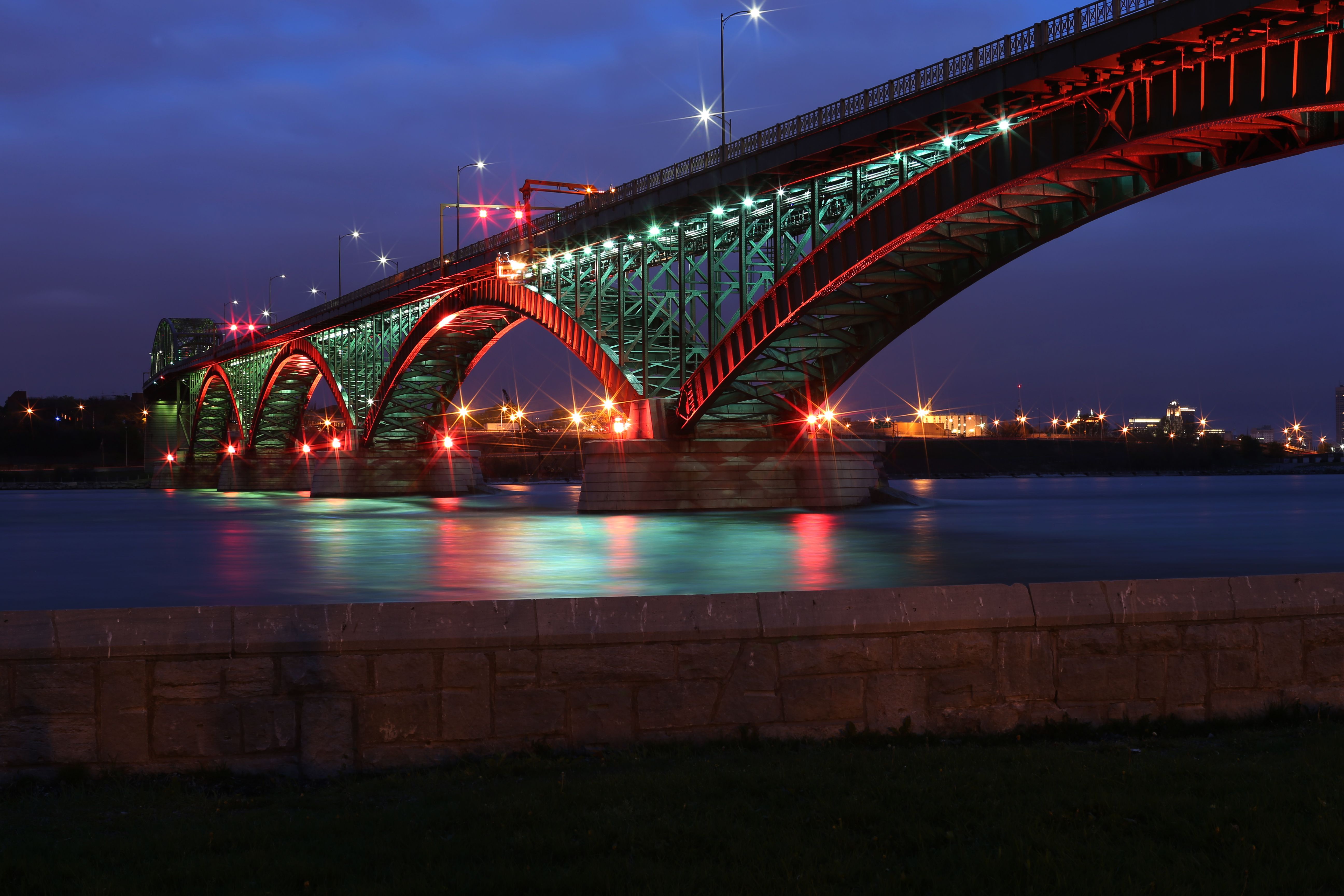
Related
10 American States That Border Canada (& How To Cross)
The US-Canada border is the longest international border in the world, but how do you cross it? These 10 states have multiple border crossing options.
7 Newfoundland And Labrador
Newfoundland and Labrador spans 156,453 square miles
View of sunset over St. John’s from Canada Signal Hill National Historic Site, Newfoundland, Canada
Newfoundland is the easternmost province of Canada, and neighboring Labrador is to the northwest. The relatively small province is home to over 500,000 people, most of whom live in coastal fishing villages. Popular tourism activities here include hiking and outdoor adventures.
- Size: 156,453 square miles
- Population: 545,247
6 Manitoba
Manitoba spans 250,000 square miles
St. Boniface Cathedral in Winnipeg, Manitoba, Canada
Manitoba has a large population but is one of the smaller provinces in Canada. Winnipeg is Manitoba’s capital city and has what is described as Canada’s most beautiful university. Manitoba might not be the most popular travel destination in Canada, but the province has a lot to offer in the way of outdoor adventures.
- Size: 250,000 square miles
- Population: 1,465,440
5 Saskatchewan
Saskatchewan spans 251,367 square miles
Evening in the town retiring into the distance towards the sunset, Saskatchewan, Canada
Saskatchewan is one of the smaller provinces in Canada, but it has a rich history largely influenced by American and other cultures. Saskatoon, Saskatchewan’s largest city, is home to 300,000 people, the majority of the population in the province.
- Size: 251,367 square miles
- Population: 1,231,043
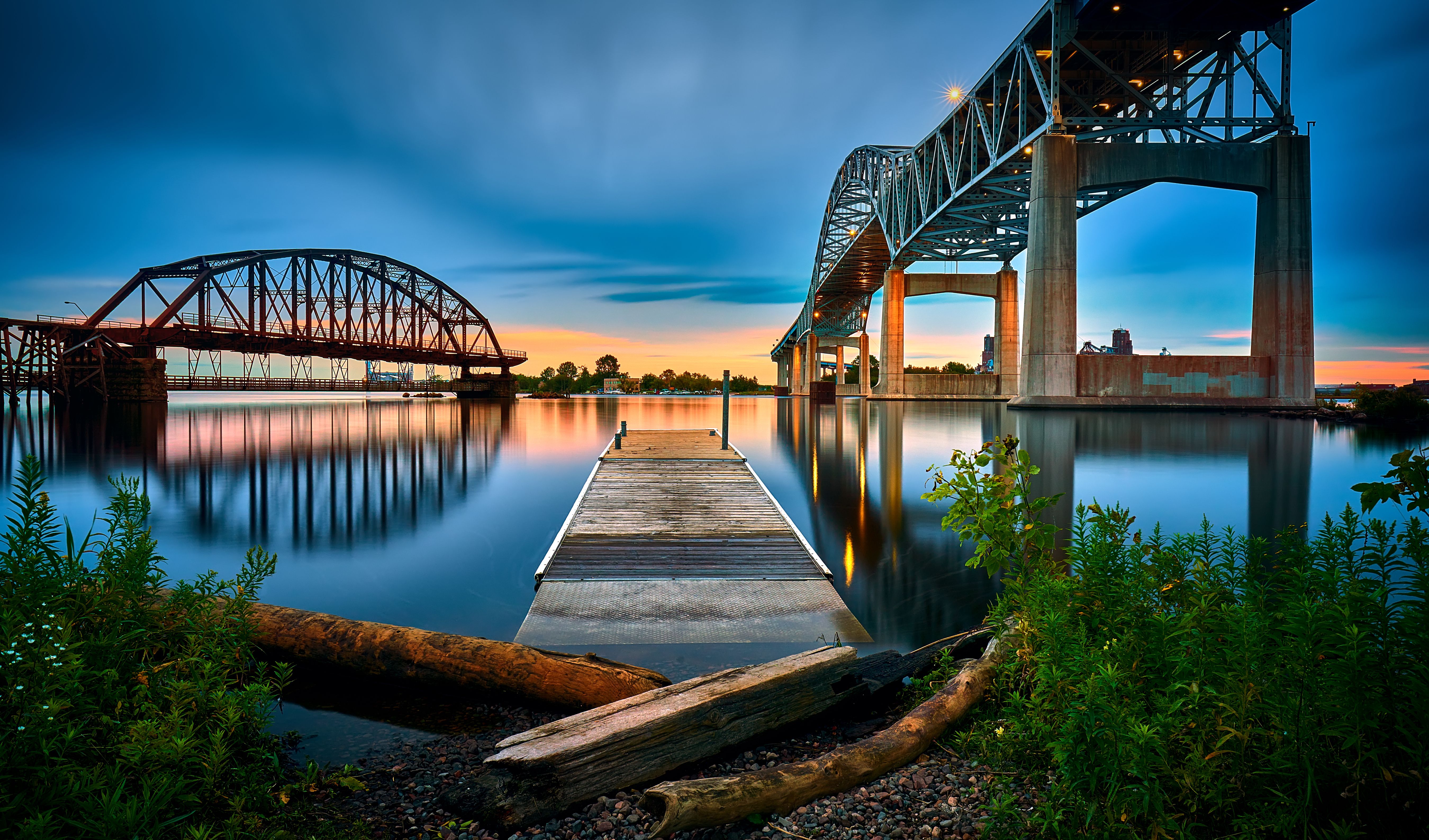
Related
10 Scenic Road Trips In Canada Within 2 Hours Of The US Border
Waterfalls, pictograms, amethyst mining, Yukon mountains, rainforests, and culture are all along road trips within 2 hours of the US-Canada border!
4 Alberta
Alberta spans 255,541 square miles
Residents walking the dogs in Town of Canmore in fall season, in Alberta, Canada
Alberta is one of Canada’s prairie provinces and has an interesting climate. In the winter, Alberta is often below freezing, while in summer, it can get as warm as the 90s. Alberta is also unique because it contains hundreds of lakes — more than 600, in fact. It’s not surprising, of course, given that Canada has more lakes than any other country. Lake Louise, in Banff National Park, is probably the most popular, but many others are also worth visiting.
- Size: 255,541 square miles
- Population: 4,800,768
3 Ontario
Ontario spans 415,000 square miles
Lake Superior Coastal Trail Storm – Northern Ontario Canada
Ontario isn’t the largest province in Canada, but it is home to the biggest population. Nearly 16 million people live in Ontario, and many international visitors enjoy traveling there, too. In fact, about 25 million people visited Ontario in 2023.
- Size: 415,000 square miles
- Population: 15.9 million
2 British Columbia
British Columbia spans 364,764 square miles
Elk River, Fernie, British Columbia, Canada
British Columbia is the third-most populous province in Canada, and it’s also well-populated. As far as tourism goes, many American travelers head over the border to Vancouver and other cities in British Columbia for museums, parks, and outdoor adventures. British Columbia is also the second-most-visited province by Americans.
- Size: 364,764 square miles
- Population: 5.6 million
1 Quebec
Quebec spans 595,391 square miles
Sainte-Rose-du-Nord, Québec, Canada
Quebec is the largest province in Canada, and it’s also one of the most populous. Spread across nearly 600,000 square miles is a population of nearly nine million people. Highlights in Quebec include Old Québec City, museums, parks, historical sites, and, of course, nature, which explain why it’s the most internationally visited province in Canada.
- Size: 595,391 square miles
- Population: 8.9 million
References: Statistique Canada, Canada Visa, Government of Nova Scotia

